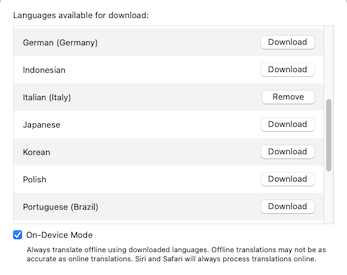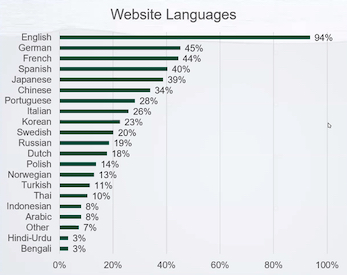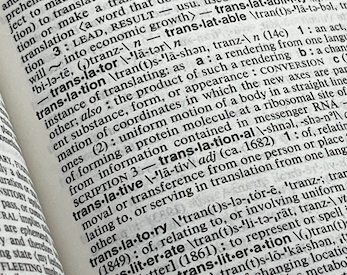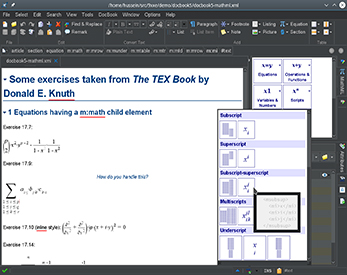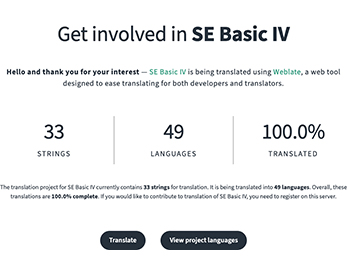Doing secure offline machine translation with macOS
Machine translation has come a long way since researchers figured out that it was better to translate phrases than individual words. It works best when there are many texts in the source and destination languages. So if you’re translating to and from languages that both have a small number of digitized texts, it’s likely that translation will use English as a middle step. In this case, the accuracy of the translation can be affected. And I wouldn’t trust even the best machine translation without some level of review. In my case, I use DeepL in conjunction with LanguageTool (see the links at the bottom of the page).
Read More






